
The Wild Cards series goes back a ways. All the way to 1987, when Bantam Spectra released WILD CARDS, volume one of our original triad, which introduced the world to Jetboy, Dr. Tachyon, Golden Boy, Mark Meadows, Gregg Hartmann, the Great and Powerful Turtle, Yeoman, Sewer Jack, Bagabond, and a host of other aces, jokers, deuces and nats.
There have been thirty-four volumes published to date — that’s not counting the various games, comic books, graphic novels, audiobooks, and similar spinoffs (but it IS counting AMERICAN HERO, the contents of which were originally published on-line to accompany INSIDE STRAIGHT, and later collected as an e-book — that’s the only book in the series that was never released on paper, so even ardent Wild Cards fans sometimes forget that it exists).
The first twelve volumes of the series were published by Bantam as mass market paperbacks… but back in the early 90s, the series moved over to Baen Books for three new originals, starting with volume thirteen. Baen dropped the old Bantam numbering, however, reasoning that new readers might be reluctant to pick up volume thirteen of a series if they had not read the first twelve. So the new books were not numbers, and had cover art and graphics that made they book like a new series.
CARD SHARKS was the opening volume of the new triad, featuring stories by Stephen Leigh, Victor Milan, William F. Wu, Roger Zelazny, Kevin Andrew Murphy, Michael Cassutt, Laura J. Mixon, and Melinda M. Snodgrass.
MARKED CARDS followed, with a lineup that included Stephen Leigh, Walter Jon Williams, Melinda M. Snodgrass & Laura J. Mixon, Walton Simons, Leanne C. Harper, and Sage Walker.
Both of those were made up of individual stories tied together by an interstitial narrative. A classic Wild Cards structure.
The concluding volume of the triad, however, was a true mosaic novel, where all the storylines were woven together tightly; one novel with five authors and five viewpoint characters. John Jos. Miller, Stephen Leigh, Victor Milan, and Sage Walker were the contributors… along with yours truly. Yes, I wrote a novella for this one, as well as editing it. As much as I loved Wild Cards, I had too much on my plate to write for it as often as I would have liked… (had a lot of other things on my plate by then, including a certain epic fantasy series you may have heard about)… but I found time for this one, and came in with a Popinjay story. Jay Ackroyd was so much fun to write about, I only wish I’d had the time to write more stories about him. (The fans liked him too, I am pleased to say). We called this one BLACK TRUMP.
Editors, like writers, are not good judges of their own work. Hard to be objective, don’t you know. That being said, I’ve always thought the Card Shark books ranked right up there, among the best we ever produced in the long history of the series; tightly knit, with a strong overplot, plausible villains, with some great new characters and some old favorites. We tied up threads that we’d been playing with since volume one, and wrapped up the ongoing storylines of some of our original case. Our mosaic novels were always challenging to edit, but BLACK TRUMP came together powerfully… or so I always thought. My team largely agreed.
Alas, the readers did not seem to share our excitement. Reviews were good, but the three volumes from Baen did not sell nearly as well as the previous twelve. It’s hard to say why. Perhaps packaging the triad as if it was the start of a new series rather than a continuation of an old one was a mistake. It could have been the new cover art, which looked very different from what had gone before. Maybe dropping the numbering was a bad idea. Whatever, Jim Baen was disappointed with the sales, and showed no interest in continuing the series. After fifteen books, Wild Cards found itself homeless.
The history of the series gets complicated after that. My writers and I had more stories we wanted to tell, but no place to published them. The original Bantam twelve went out of print, one after another. The Baen volumes disappeared too. We had a hiatus of some seven years, while we tried to find a new home. Finally iBooks came along and picked us up, reprinting some of the old titles and publishing two new volumes (an original anthology DEUCES DOWN and John Miller’s solo novel DEATH DRAWS FIVE, volumes sixteen and seventeen in the overall series). iBooks soon went under, however, and once again Wild Cards was orphaned.
Another hiatus followed; a shorter one, I am pleased to say. Another rebirth followed, however. The good folks at Tor stepped up, and bought the series. INSIDE STRAIGHT launched a “next generation” triad that brought back some of the original cast while introducing a great lineup of new aces and jokers: Double Helix, the Amazing Bubbles, Curveball, Earth Witch, Jonathan Hive, Drummer Boy, Stuntman, Lohengrin, and many more. BUSTED FLUSH and SUICIDE KINGS followed, and sold well enough that Tor bought more after that. (Yay!) In addition to the originals, Tor also bought up the old, out of print books, and began to reissue them with handsome new covers. (I love the Tor covers).
All but the Baen volumes, that is.
For various complex reasons that I won’t go into, we had to skip over those. So as the years went by, the entire Wild Cards series came back into print, save for volumes thirteen fourteen, and fifteen, the Card Shark triad. Those could only be found in used book shops, or on ebay. Needless to say, this frustrated the completists, especially new fans who wanted the whole series. On line, the prices for those old Baen mass market paperbacks began to rise and rise. They became the most valuable books in the series, simply because of scarcity.
I suspect that won’t be true much longer. Finally, at long last, I am pleased to be able to announce that we have never editions of all three of the Card Sharks books. You can find them at your local bookshop, or from your favorite online bookseller… or from Beastly Books here in Santa Fe, where we even have signed copies available. They’re trade paperback editions, larger and nicer than the original mass markets. Here, take a look:
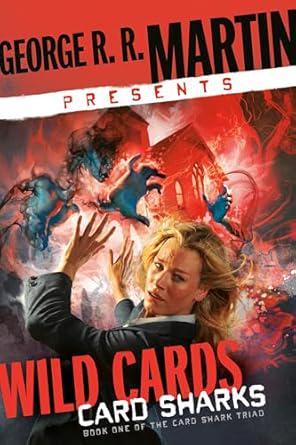
Volume one of the Card Shark saga. It includes all the original content of the Baen edition, but we’ve added a treat for our old readers: a brand new story by Gwenda Bond: “The Wildest Show on Earth,” original to this edition. CARD SHARKS also includes “The Long Sleep,” a Croyd Crenson novelette by Roger Zelazny, the last story Roger was able to write for Wild Cards before his passing in 1995.
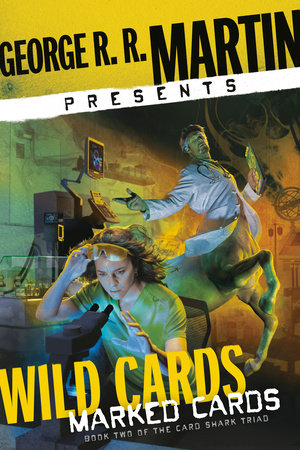
Second volume of the triad. The Baen edition was published in 1994, and this one has been impossible to find for decades.
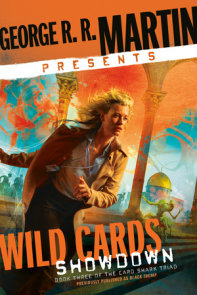
Ah, this one is a little tricky. Yes, it’s BLACK TRUMP, the mosaic novel that concludes the triad. Our editors felt a title change was necessary, since “trump” has acquired… ah… other meanings since the book first came out in 1995, and we did not want any confusion. It’s not about the Donald. The world of the wild cards has a trump virus… and an overtrump virus… and the black trump, which is a sinister as it seems. All the details are in the book, now called SHOWDOWN.
For all our loyal Wild Cards readers, I am pleased to able to say you can now, at long last, complete your collection, without first needing to mortgage your house.
Enjoy the read.
Current Mood:  pleased
pleased
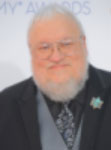
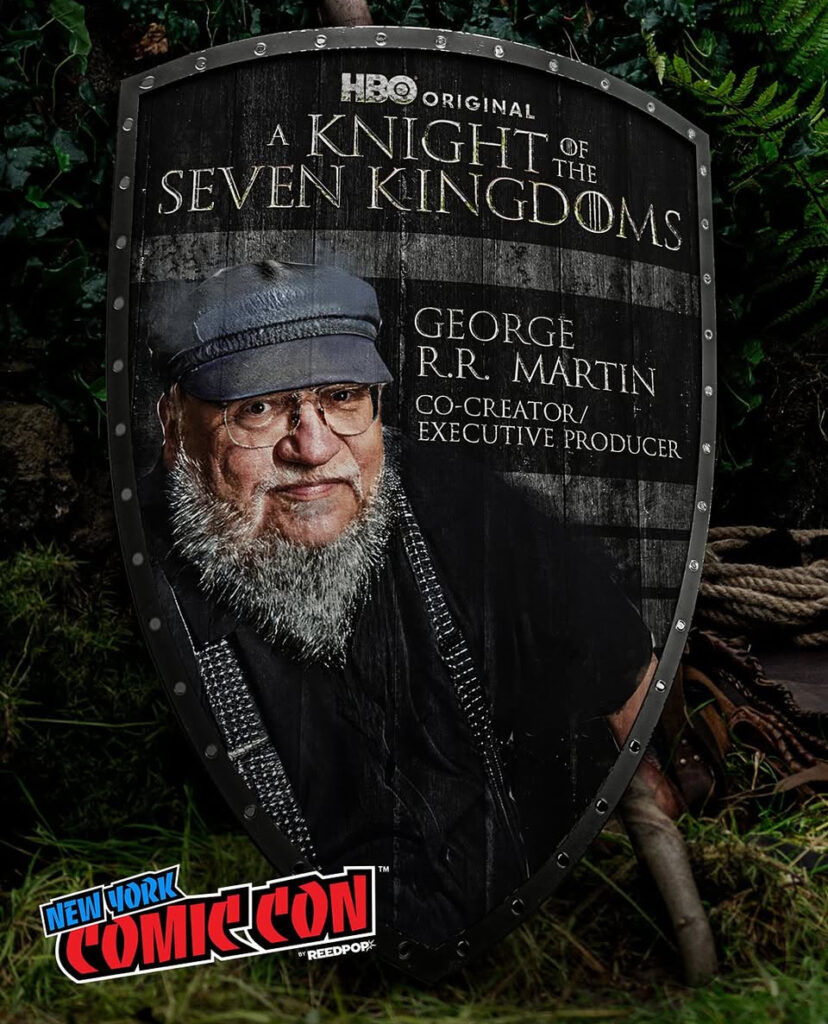
 geeky
geeky



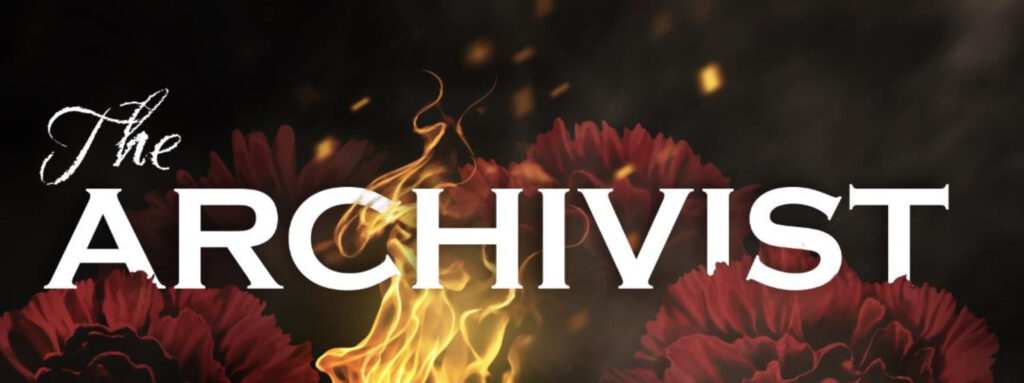
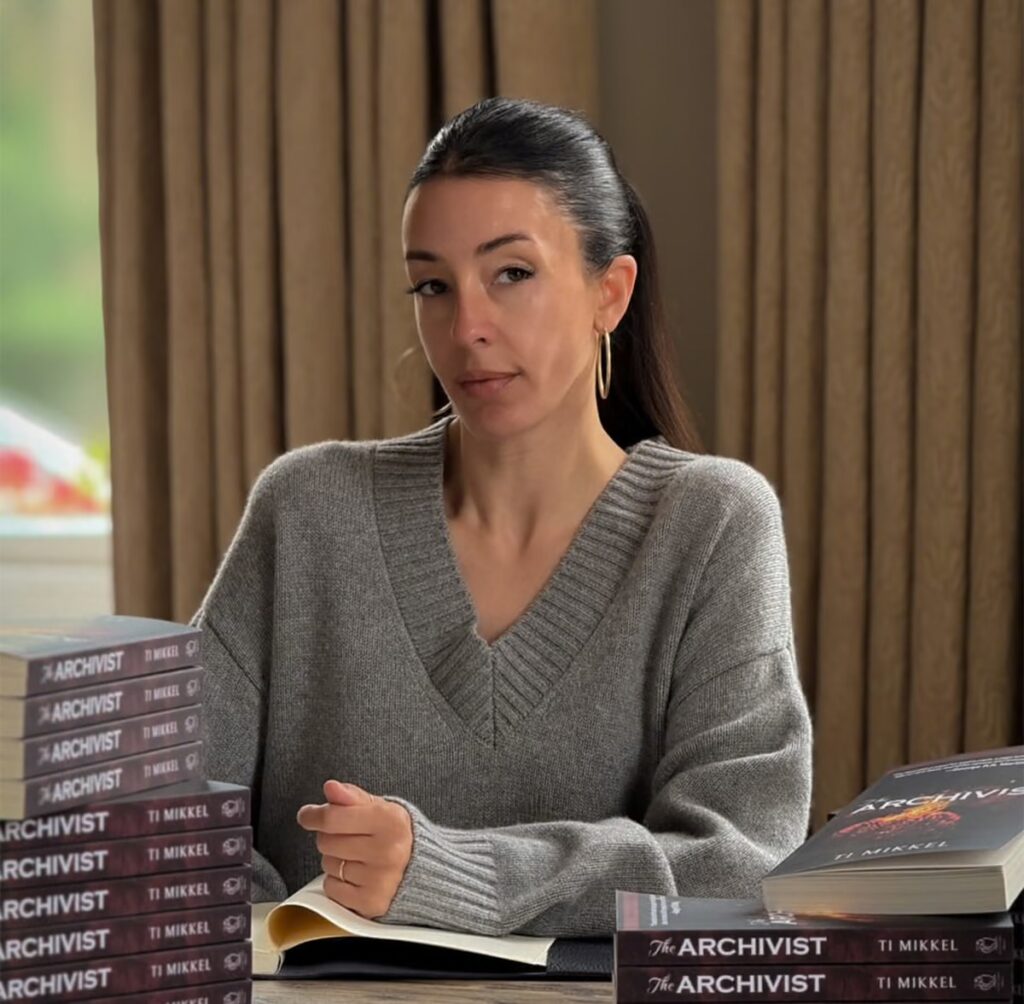
 excited
excited



 pleased
pleased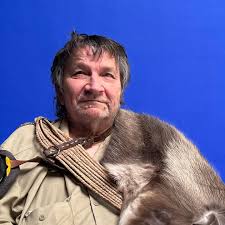
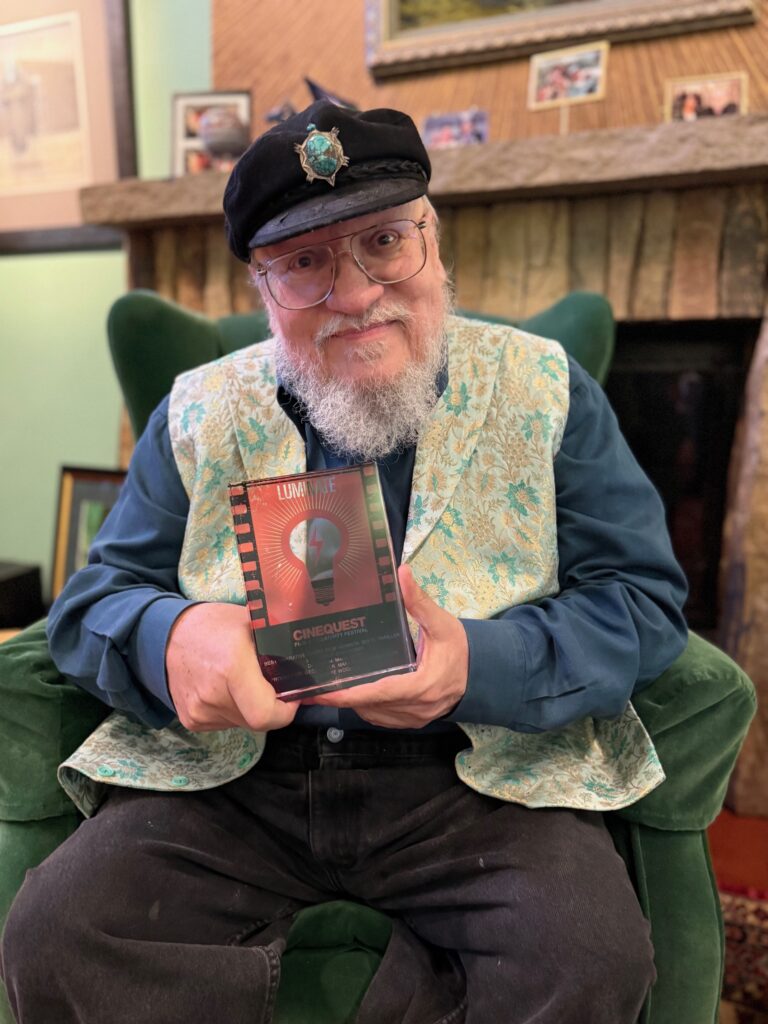
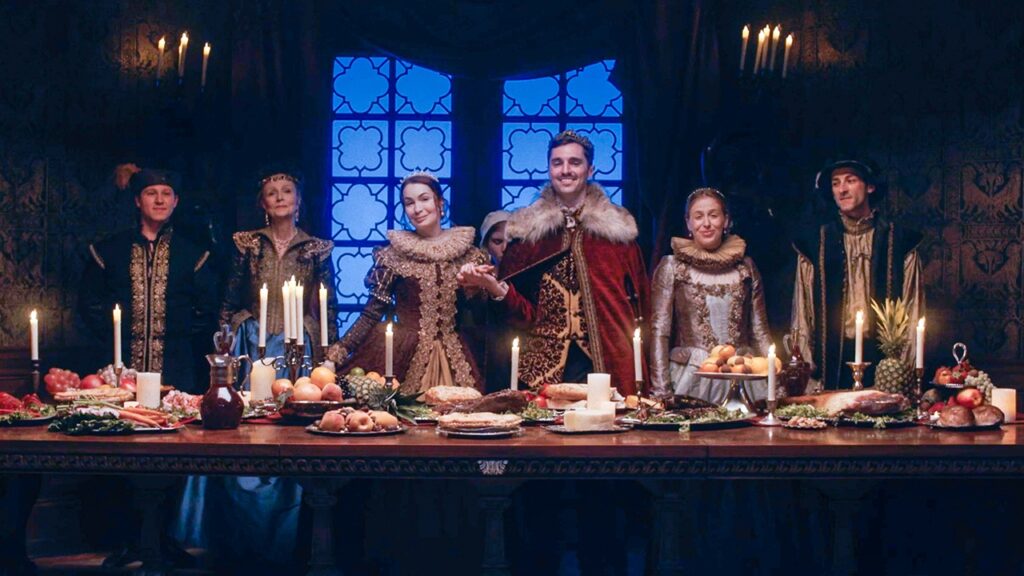

 morose
morose busy
busy


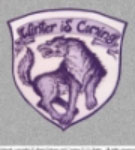
 enthralled
enthralled
 hopeful
hopeful
